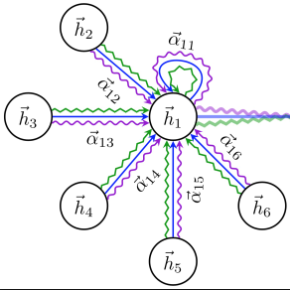Self-exciting point processes are widely used to model the contagious effects of crime events living within continuous geographic space, using their occurrence time and locations. However, in urban environments, most events are naturally constrained within the city's street network structure, and the contagious effects of crime are governed by such a network geography. Meanwhile, the complex distribution of urban infrastructures also plays an important role in shaping crime patterns across space. We introduce a novel spatio-temporal-network point process framework for crime modeling that integrates these urban environmental characteristics by incorporating self-attention graph neural networks. Our framework incorporates the street network structure as the underlying event space, where crime events can occur at random locations on the network edges. To realistically capture criminal movement patterns, distances between events are measured using street network distances. We then propose a new mark for a crime event by concatenating the event's crime category with the type of its nearby landmark, aiming to capture how the urban design influences the mixing structures of various crime types. A graph attention network architecture is adopted to learn the existence of mark-to-mark interactions. Extensive experiments on crime data from Valencia, Spain, demonstrate the effectiveness of our framework in understanding the crime landscape and forecasting crime risks across regions.
翻译:暂无翻译





